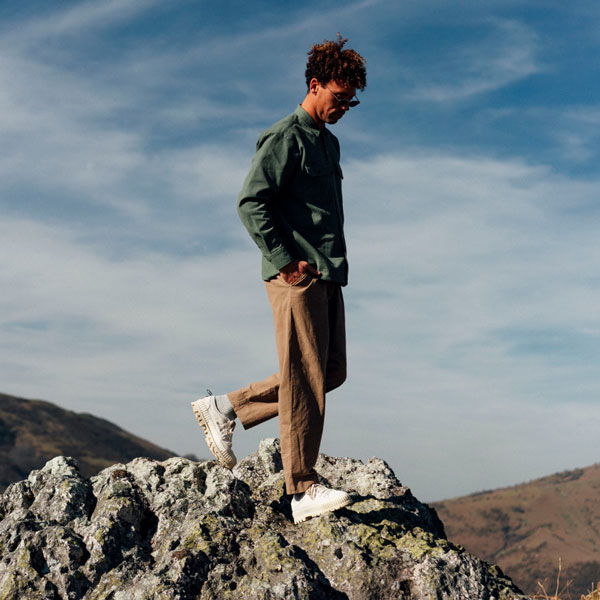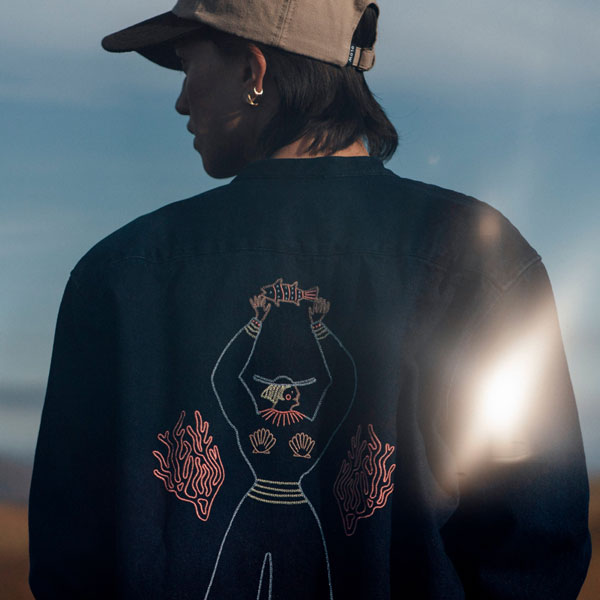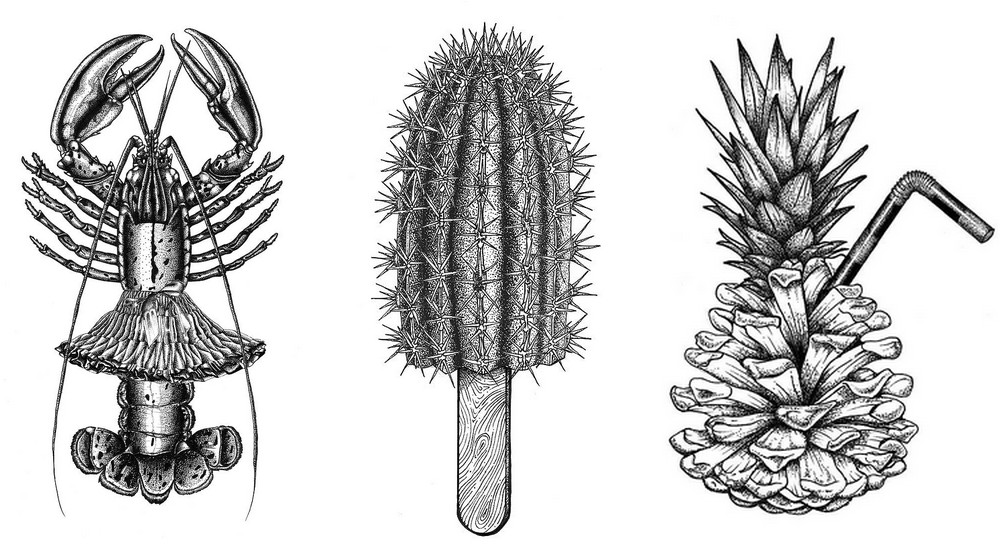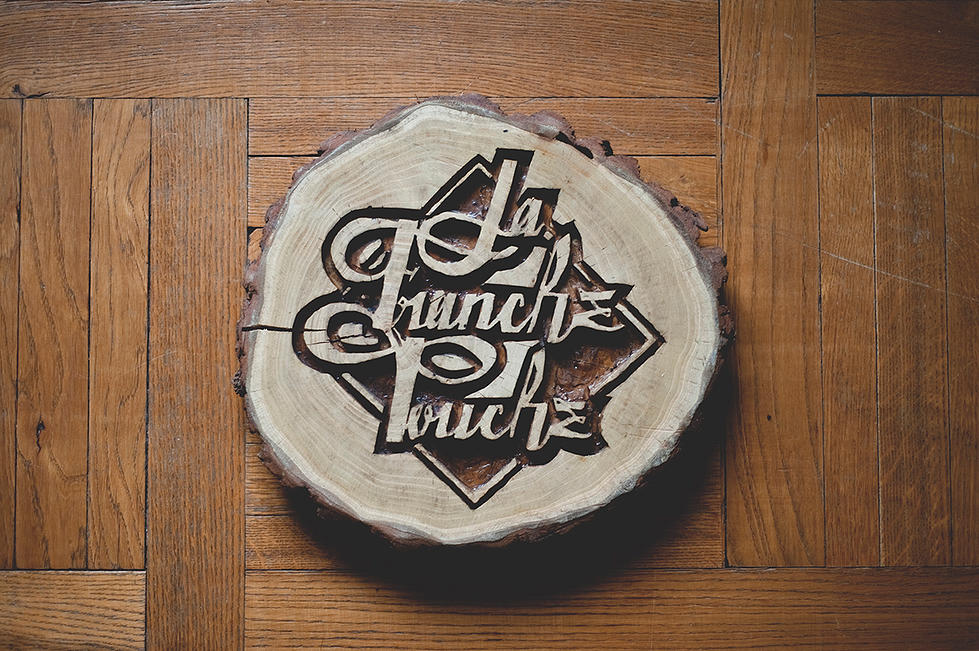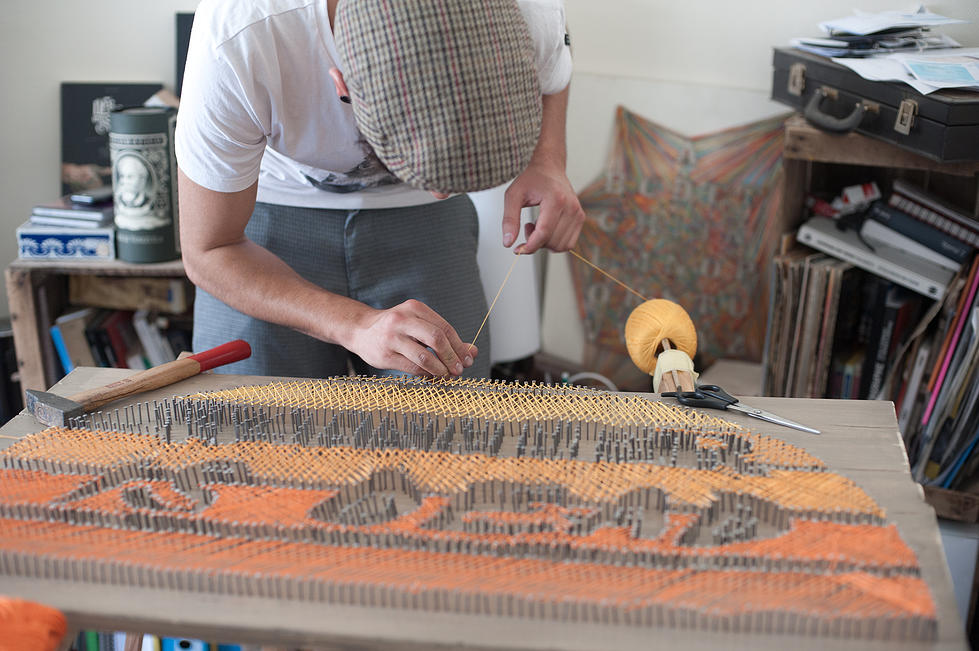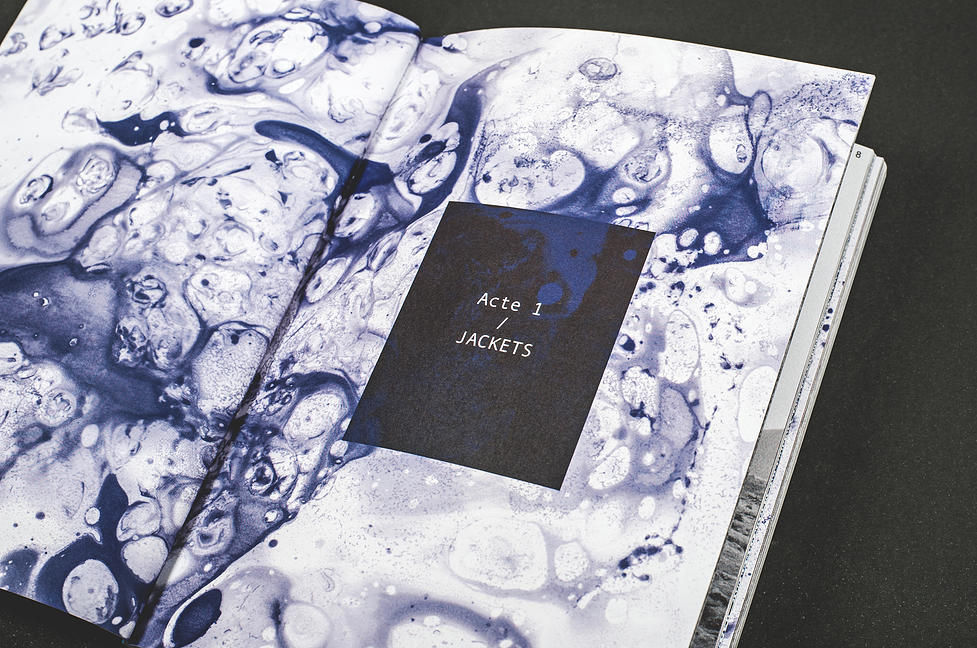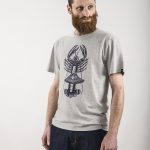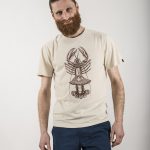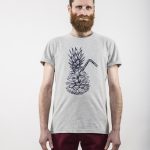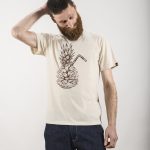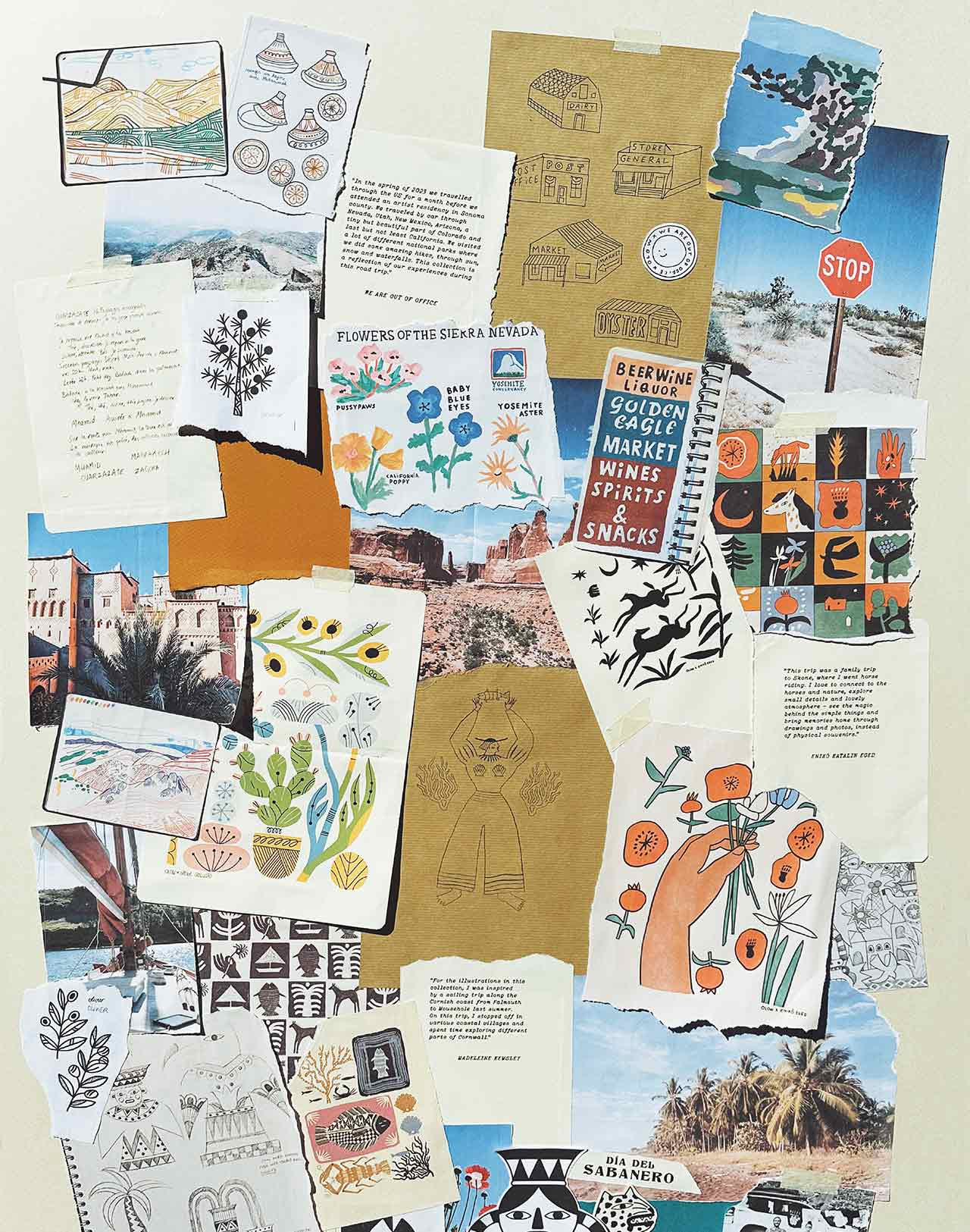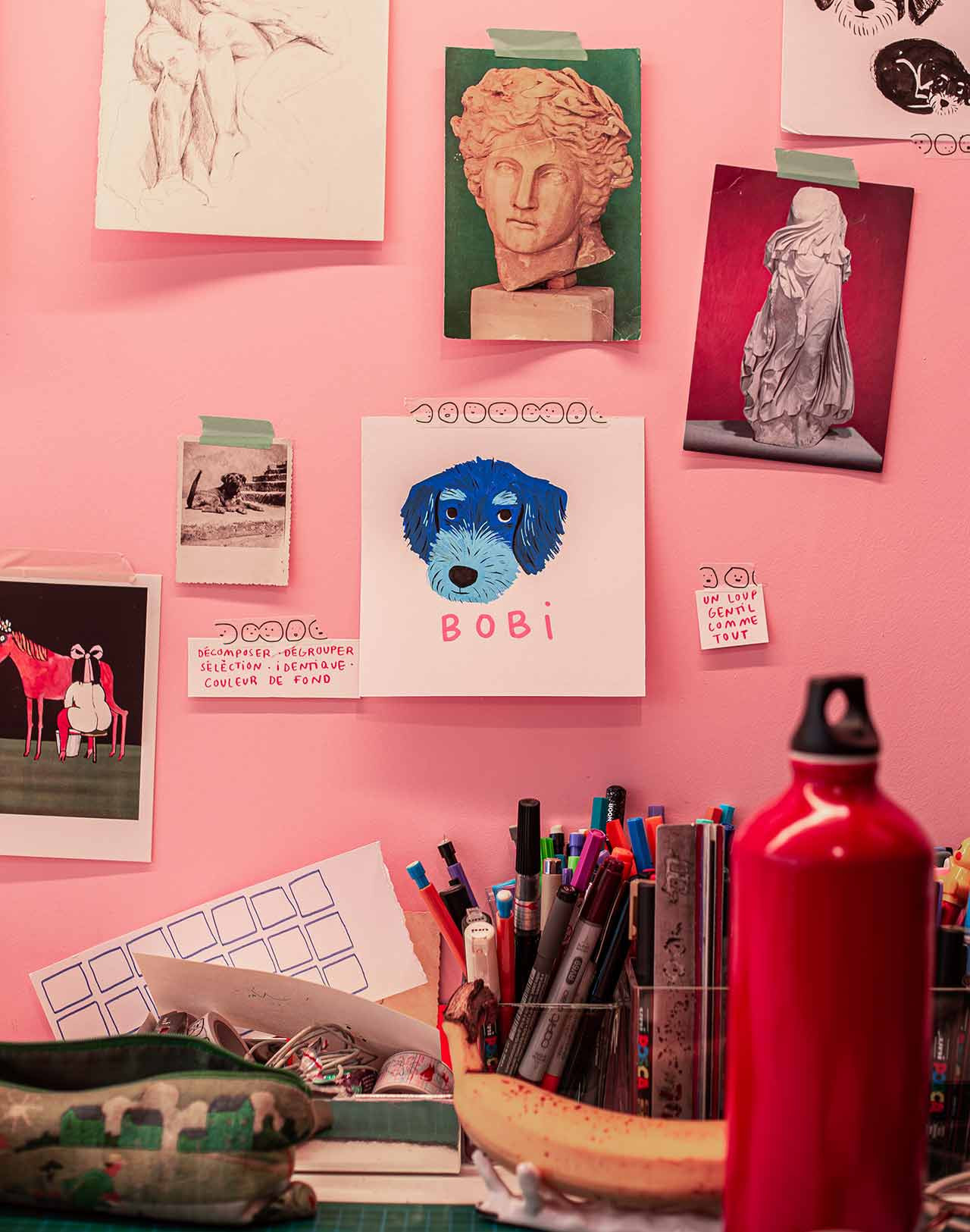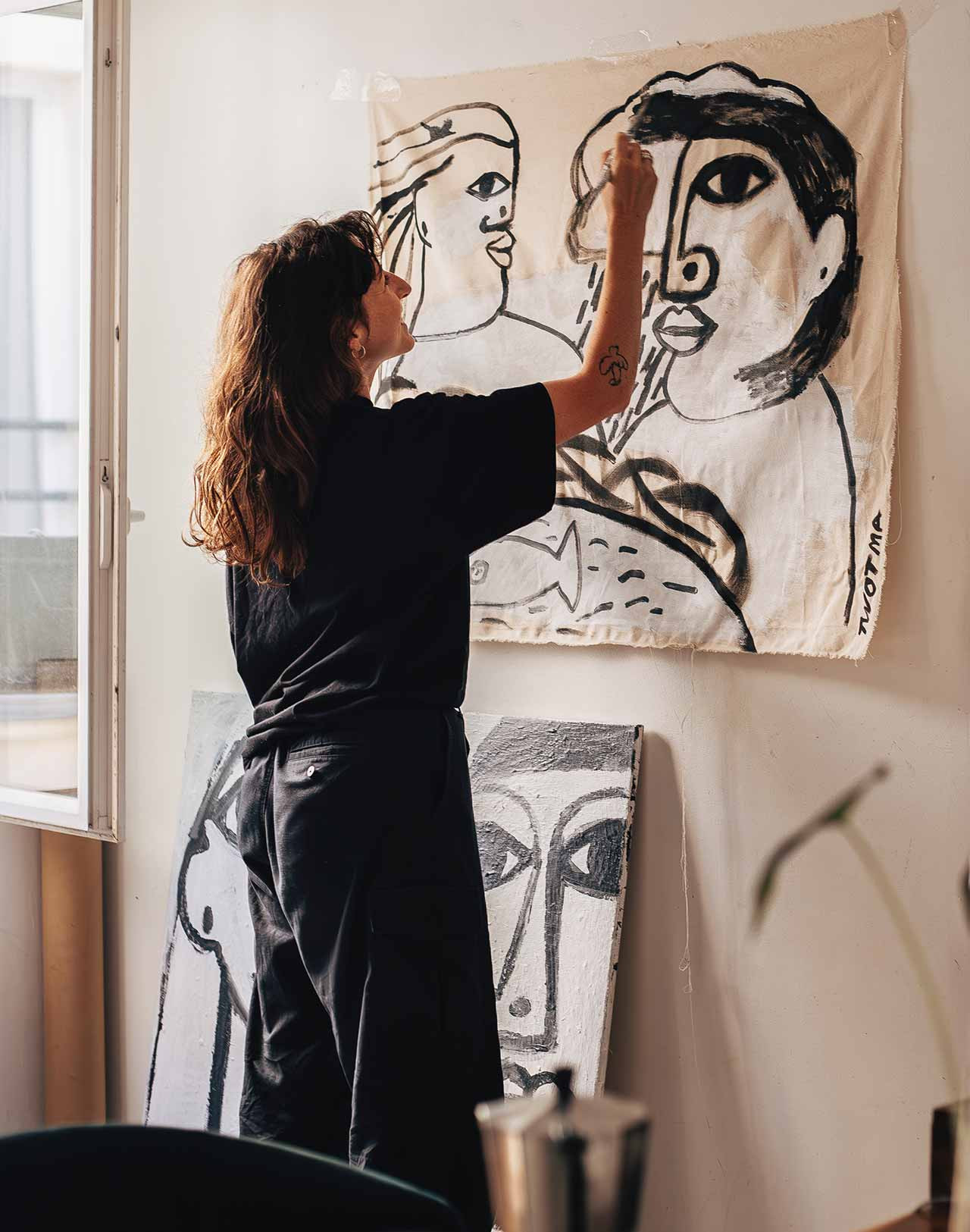Maxime Beldent, the artistic Swiss army knife
Art has always been Maxime’s calling; never has he ever imagined doing anything other than a creative job. The young freelance graphic designer from Nantes is still looking for his touch though, searching for inspiration from his counterparts as well as his daily life. Humble and poised, he came to our headquarters for a chat about his desire to widen his artistic savoir-faire and his will to take part in exciting future projects.
Hi Maxime! You say on your website that you grew up surrounded by art. Where did you find the inspiration to become the artist you are today?
I have always been immersed in it. My family has always had something to do with art. I think I began drawing as a kid without really having any sources of inspiration. I would copy comics or things like that, but I wouldn’t create from things that would inspire me. I’m much more inspired nowadays. I’ve really taken an interest in other artists, I’ve been following guys like tattoo artists Barbe Rousse or Belgian Léa Nahon for a few years now. I also like Etam Cru, a group of guys that do graffiti and silk-screen printing. There’s also the Broken Fingaz, Israeli guys who do cool stuff. On the whole, I draw inspiration from everything I see on a daily basis, when I walk down the street, when I see objects I like, etc. That’s how I operate.
You told us about two tattoo artists who inspire you. Have you ever thought of going down that route one day?
I’d like to. I’ve been thinking about it for a while, but I don’t feel ready yet. I need to improve, be more confident, to be able to go and see a guy one day and ask him if I can assist him, to then find out if I’m good enough. Tattooing someone isn’t a trivial thing. They’d be living with it all their life so I’d really feel bad if I messed up!
Did you design your own tattoos?
No, not at all. I was just talking about Barbe Rousse, he tattooed my arm during a convention in Nantes about a year ago. I have another one by a guy I met in Nantes, and two others I got done when I was younger, when I used to think “right, I’m 18, screw you, I’m getting a tat’”. But I could never get a tattoo of one of my drawings. When I draw, I have to force myself to stop because otherwise I’d never be finished. If I ever got one done that I drew myself, I’d always think “I can’t stand it, I have to add this and that”, so I’d constantly be getting tattooed and it would end up looking like a big disgusting stain.
If you had to have a non-artistic job, what would it be?
That’s hard. A bureaucratic job would get on my nerves, that’s for sure. If the job was creative, then maybe. Say, being a cabinetmaker, I’d enjoy anything to do with wood. Maybe even a landscape gardener, working with plants and all that. Being outside whether it’s raining or sunny, I’d enjoy that, I think.
You worked with wood for your personal project “La Franche Touche”. What do you think links art with crafts?
There’s a savoir-faire you constantly have to put to use with craft jobs. I think it’s the same with art. There’s always that creative side which entails a savoir-faire and the use of hands. I like using my hands. I try to not use Photoshop or Illustrator too much. I like to begin with a drawing or by working on an object, and, at worst, use software afterwards. I wouldn’t have so much fun if I didn’t begin with an object or a drawing.
What made you want to go freelance?
I wasn’t really finding any work in Nantes when I arrived. I began an internship with OLOW and they eventually wanted to keep me. As I already had a freelance status, I really put it to good use by starting to work with you. I think I could probably have used the experience of working in a communications or advertising agency, which would really have shown me how it is to work for a big machine with client portfolios, deadlines, etc. OLOW was great for the creative side of things, but I maybe missed out on the “war-like” atmosphere of the milieu. Art, graphic design, all those different worlds are quite cutthroat. It must be interesting to work for a big company, but I’m comfortable working freelance.
We’re guessing you don’t have a proper routine, then. What’s the daily life of an independent artist like?
It depends on the quantity of work we have. There are months when I don’t work so much, so I have to go out looking for jobs, meeting people. Work doesn’t just land in my lap. You have to have that marketing aspect, and I have no idea how to sell myself. On the whole, I try to stick to normal working hours, but working at home isn’t necessarily the best solution. I have flatmates as well, so there are always people coming and going, I’m often disrupted by something or another, but I make do.
You do photography and illustration as well as scenography. Does working freelance force you to be polyvalent or is it a personal choice?
I have to be, but it’s also a choice. I was taught lots of different things during my degree in Angers. We had access to a photo studio, we did 3D work, etc. We then had to choose our speciality. It was quite obvious to me, as I’m always interested in doing lots of things. I like trying out new stuff. For OLOW, we wanted a marbled texture, for example. It’s called marbling; you put oil paint in thickened water, and then you place the piece of paper on top and you end up with the visual for the Baie des Fumées catalogue.
Amongst all this diversity, how would you define your style?
I think the hardest part of being an artist is finding your touch. I don’t know if I have one yet, I don’t think so. I think it evolves all the time. I remember one of my teachers saying: “You have to be a sponge; everything you see, you have to ingest it and then, when you wring it out, reuse it in your own way”. That’s why I draw inspiration from everything I see and from other artists. I mix it up, but it’s hard to give myself a particular style.
You have an extremely thin and precise stroke at times, which renders your illustrations absurd and hyper-realistic at the same time. Like with your pinecone/pineapple/cocktail or your cactus on an ice-cream stick, for example. What is your goal when doing these unlikely blends?
It actually makes me laugh. I’m going to be doing more and more, I have other projects. I like mixing unlikely things. The cactus is meant to be an ice-cream, which people dig eating. It’s supposed to be something soft in your mouth, but you end up eating a cactus and it tears your tongue to bits. It just makes me laugh, associating objects. I don’t want there to be a thought-process behind it, I just want to make people smile.
Where do you find these ideas of atypical associations?
Everywhere. I went to Greece on holiday this summer with a friend and we did quite a lot of diving. I saw lots of fish; there was a really long one with a big nose that made me crack up. And then at the hostel, a guy took out his clarinet and started to play. He played really well. Seeing that clarinet made me think of that fish’s nose. I jotted down “fish + clarinet” inside my notebook where I keep all my ideas, and it soon became a project.
You heavily contributed to OLOW’s graphic world, whether it be with the creation of our catalogue or with your illustrations for our t-shirts. What do you like about the brand?
I really enjoy its relationship with art, and the fact that Mathieu and Valentin work with many different artists, even people we’ve never heard of. I’ve discovered so many artists by working for them. I already loved SupaKitch or Pelegrino’s work and I got to meet them thanks to OLOW’s collaboration with Jeykill during the opening night. I was in that world and I saw all these guys I’d been following for the past 3 or 4 years. I really appreciate OLOW’s creative and versatile side. I can do illustrations, edit layouts, as well as photo shoots. I’ve sort of become a Swiss army knife in a way.
Lets talk about our collaboration for the REFUR coat. The word “heimskautarefur” written on the coat lining’s label which you created, refers to a small arctic fox you drew that essentially lives in the Far North. The animal is the only mammal native to Iceland, who was notably bred for its fur in the 1920s and 30s. Where did you find the idea to pay tribute to it this way?
The Baie des Fumées collection is based on Iceland. We were looking for themes relating to the country and this arctic fox kept coming back. I like those kinds of small animals; I actually have a dog that reminds me of them, with his big ears. In the end, it’s always the same: it’s something I saw that made me laugh. It has nothing to do with my other drawings because I had to create some kind of backdrop. You can see the fox amongst the mountains, and because we also had that travel theme, I added a card game. This label is a summary of the collection. I don’t do compositions very often. I’d like to do more but I’m not good enough yet. I’m working on it.
Any plans on doing an exhibition one day?
Maybe. I do think it’s being a little show-off though, kind of like “I want to exhibit my creations”. I’m putting together something in Nantes with friends but it’s still only at the project stage. Basically, we’ll be setting up a place on the Ile de Nantes where I’ll be working with friends who are setting up an agency. In the hangar, we’d like to also have a place dedicated to exhibitions, artist residencies, events and conferences. I’d probably manage that place, and if I had enough material and felt ready, maybe I’d exhibit my stuff there one day. It’s still only a project. But we’re on the right track.
Many thanks to Maxime for his answers.
Find his creations and projects on his website.
Maxime drew a couple of illustrations for our tee-shirts from the Baie Des Fumées collection. Find them in our retailers and our e-shop:
